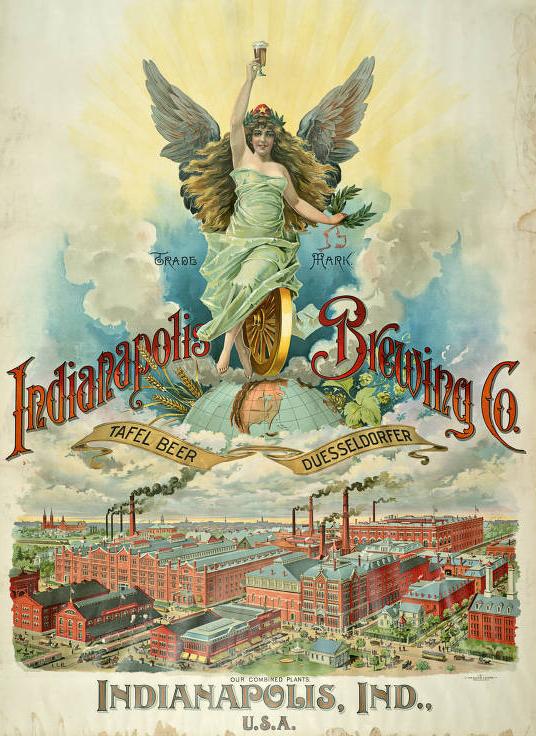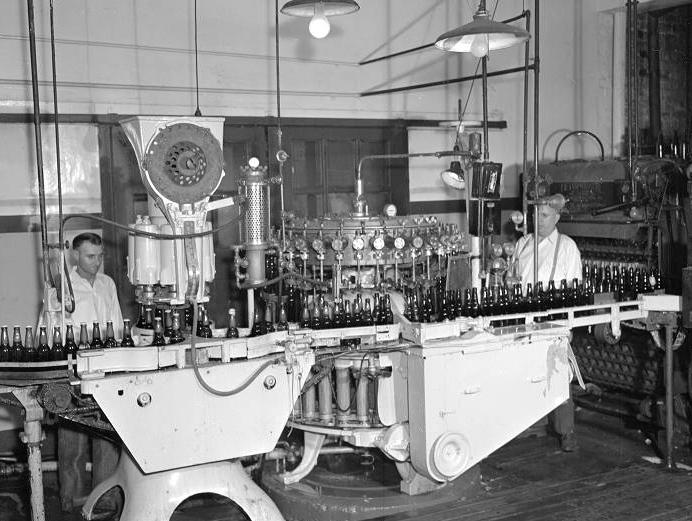The Indianapolis Brewing Company (IBC) was established in May 1889 with the merger of three existing breweries owned by Peter Lieber, C. F. Schmidt, and Casper Maus. Albert Lieber, son of Peter and later the maternal grandfather of Kurt Vonnegut Jr., became the president of IBC the next year when his father’s fading health forced him to step down.

Albert Lieber more than doubled the size of the business within ten years and IBC became one of the top 10 largest breweries in America by the late 1890s. The company was known internationally and had a total output of over 200,000 barrels by 1895. By this time, the IBC plants aggregated over 600,000 barrels per year.
Indianapolis Brewing Company employed 1,200 men by 1897. The pay ranged from $60 a month for entry positions to $10,000 a year for scientists. The company used scientific research to create a beer conducted directly from cask to bottle in order to retain a finer quality. This type of bottling system was one of three in the United States at the time. The unified plants covered a large space and paid significant taxes that benefited the community of Indianapolis.

In 1900, IBC won medals for its lager “Duesseldorfer” at the Paris Exposition and took a gold ribbon at the World’s Fair in 1904 and 1906. Some of their famous brews included the Tafel, Lieber’s Gold Medal Beer, Pilsner Club, Duesseldorfer, and more.
When prohibition hit in 1918, the company managed to stay afloat by selling sodas and packaging cereals. After prohibition, the company was able to brew its famous beer once again. IBC sales came to an end in 1948 when the company’s president, Lawrence Barden, was arrested under a federal lawsuit for short-filling bottles, and the company filed bankruptcy.

When prohibition hit in 1918, the company managed to stay afloat by selling sodas and packaging cereals. After prohibition, the company was able to brew its famous beer once again. IBC sales came to an end in 1948 when the company’s president, Lawrence Barden, was arrested under a federal lawsuit for short-filling bottles, and the company filed bankruptcy.

Help improve this entry
Contribute information, offer corrections, suggest images.
You can also recommend new entries related to this topic.




